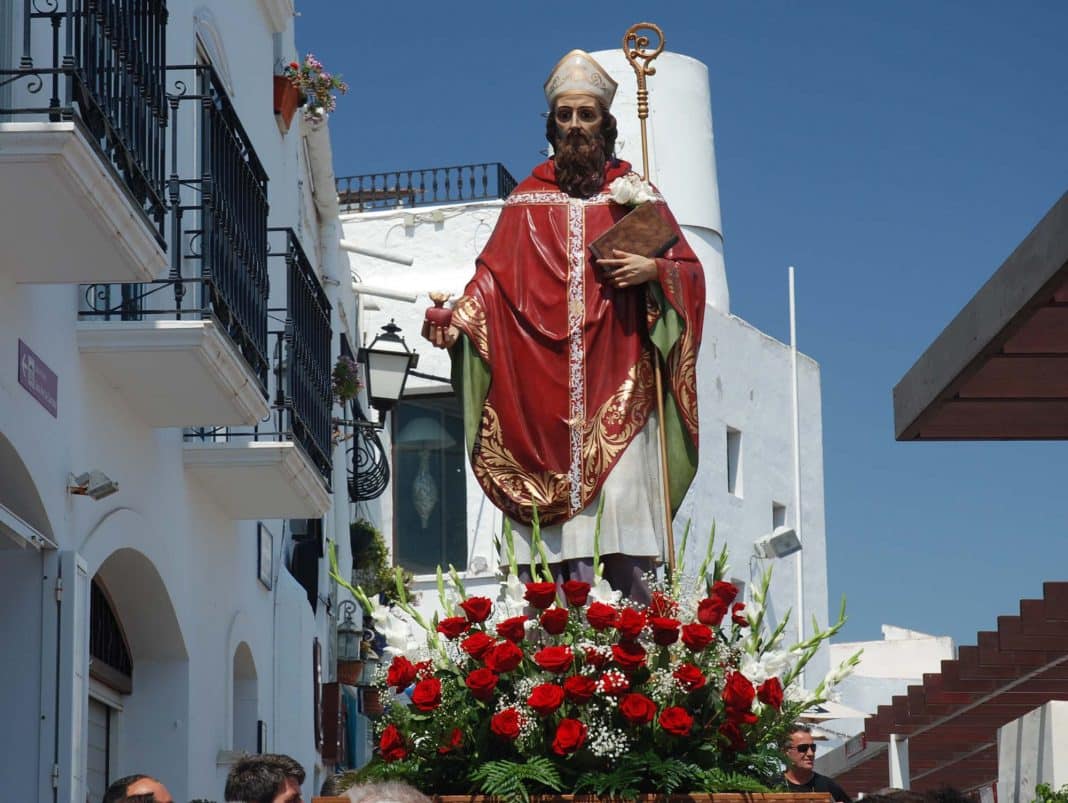Easter week is one of Spain’s most heartfelt and deeply-rooted festivals. Its history and tradition go back many centuries, and commemorate the passion and death of Jesus Christ. The streets of many of Spain’s cities, towns and villages are transformed into scenes of religious fervour and devotion, where grief and meditation are combined as Christ’s death is relived.
Music, art and colour come together in these magical processions –solemn parades in which throngs of people accompany the religious images on their route through the streets.
This spectacular event features a great deal of public participation, and a rich artistic heritage.
Orihuela’s Holy Week, the origins of these celebrations date back to the 16th century, is one of the most outstanding. It was granted International Tourist Interest status in 2010 and has a series of remarkable features that make it unique.
One of the most impressive processions takes place on the night of Maundy Thursday: “El Silencio”, presided by the Holy Christ of Silence sculpture, during which two long rows of penitents donning Capuchin habits with their faces covered, file through the crowd in complete silence.
The only light that illuminates their path is from the lanterns they carry as the city stands in darkness with all street lighting turned off.
It is during the procession of this sculpture that, amid the solemn silence, a choir of men singing the “Canto de la Pasión” (Song of Passion) can be heard. Unique to Orihuela, this intangible expression dates to the sixteenth century and has been transmitted orally until our times.
The procession on the morning of Easter Saturday, known as the “Caballero Cubierto” serves as a complete contrast, and is unique due to the papal bull that declares that only one person can wear a hat inside the church. This is an old tradition that lives on to this day in Orihuela.
The Holy Entombment procession on Holy Saturday is also a highlight of the week. Nominated as an Intangible Cultural Heritage of Humanity, it is possibly the most distinctive procession during Orihuela’s Holy Week, as it represents official mourning, during which the entire local government participate.
I found the Orihuela Semana Santa site difficult to navigate so I use the Eurotourguide site which is at: https://eurotourguide.com/en/costa-blanca-south/events-calendar/orihuela-easter-parades.
In Torrevieja also, thousands of visitors who wish to share the spectacle that is Holy Week, will gather. They say that Torrevieja is the place to be as it becomes the scene of the representation of the Passion, Death and Resurrection of Jesus Christ.
All of the city’s the brotherhoods actively participate in the processions that began on Palm Sunday (10 April), and continue throughout the week.
The highlights are the procession of the Religious Meeting on Holy Wednesday, the Silence on Holy Thursday, in which from eleven at night, the only light that illuminates the town is the one that comes from the candles of the Nazarene and the Good Friday procession, in which all the brotherhoods participate together, and as such is the longest procession of them all.
On Easter Sunday, the procession begins at eight in the morning when the image of the Immaculate Conception, in mourning, meets the Blessed Sacrament.
There is an excellent PDF available at the link https://www.comunitatvalenciana.com/en/home which provides all of the information of the parades, the timings and their routes in Torrevieja, and although in Spanish it is relatively easy to follow





